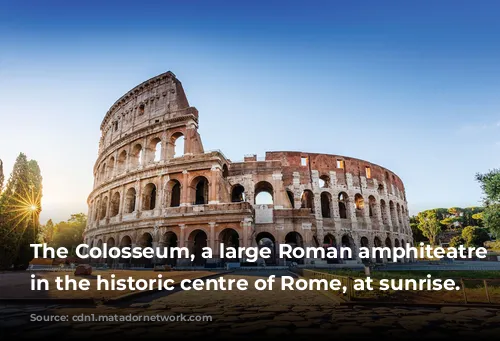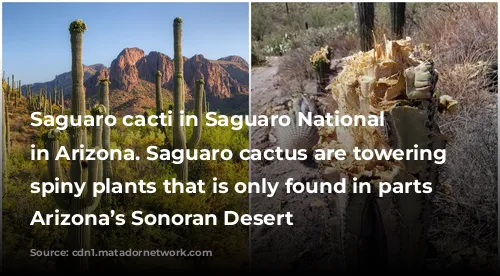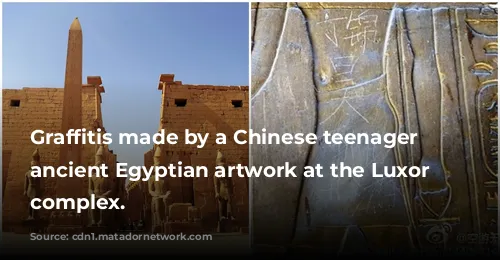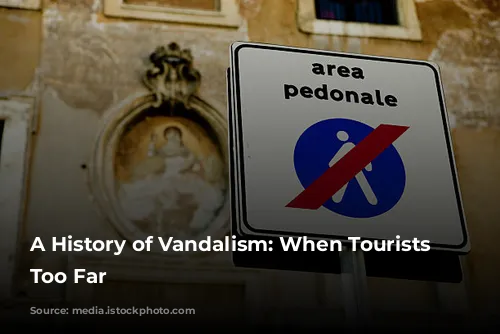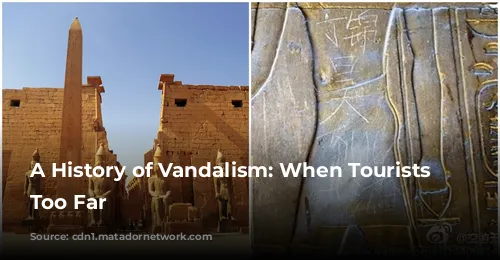It’s sad, but true: Tourists sometimes vandalize historical sites and monuments, leaving behind a legacy of damage and disrespect. From spray-painting iconic landmarks to carving initials into ancient structures, these actions can have long-lasting consequences. Join us as we explore some of the most notorious cases of tourism-related vandalism.
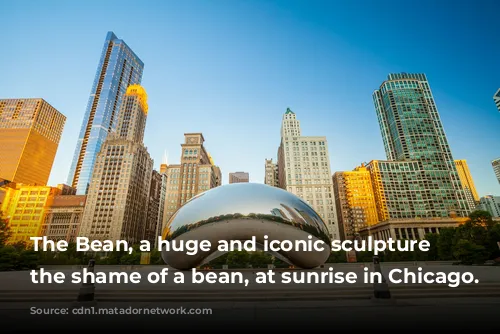
Ancient Wonders Under Attack
In 2013, a young Chinese boy named Ding Jihao made a mark on history — albeit, a negative one. At the tender age of 15, he decided to immortalize himself at the Luxor Temple by carving his name onto a 3,500-year-old stone relief. His actions didn’t go unnoticed, as another Chinese tourist captured the vandalism and shared it online. The teenager was swiftly identified and publicly shamed. His parents, in an attempt to salvage the situation, offered apologies to both the Egyptian authorities and the Chinese people.
The Colosseum in Rome is another victim of tourist vandalism. This 2,000-year-old Roman amphitheater, a UNESCO World Heritage Site, has been repeatedly defaced by tourists. In 2020, an Irish man was apprehended for carving his initials into a pillar. This incident wasn’t an isolated case; just six years prior, a Russian tourist was fined a hefty sum for carving a large “K” on a wall.

Beyond Stone and Metal: Vandalism Across Cultures
Beyond ancient structures, other iconic landmarks have fallen prey to vandalism. In 2019, a group of individuals calling themselves the 35th Street Crew defaced Chicago’s renowned Cloud Gate sculpture, also known as “The Bean.” The group spray-painted their tag onto the polished stainless steel surface, and, in a separate incident, vandalized a memorial dedicated to cancer survivors. This incident highlights a pattern of vandalism often motivated by gang-related activity.
The Easter Island Moai statues, standing tall on the remote island of Rapa Nui, are another example of cultural heritage targeted by vandalism. In 2008, a Finnish tourist, seeking a souvenir, broke off an earlobe from one of these ancient figures. The act triggered widespread outrage, with the mayor of Easter Island even calling for the tourist to have his own ear clipped. The tourist was placed under house arrest and fined for his actions.
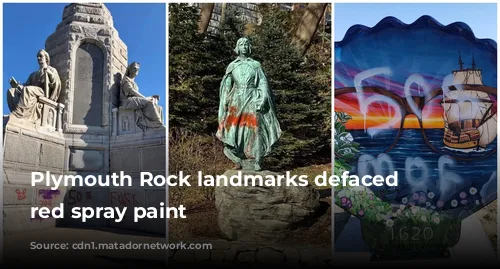
Modern Day Misdeeds
More recently, in 2020, a group of vandals cut down eight saguaro cactuses in the Saguaro National Park in Arizona. These iconic plants, native to the Sonoran Desert, are slow-growing and symbolize the Southwest’s unique ecosystem. The vandals targeted saguaros ranging in height from one to ten feet, a significant loss given their slow growth rate.
Across the globe, in Thailand, two tourists were arrested in 2020 after spray-painting graffiti on the Tha Pae Gate in Chang Mai. The tourists, who later claimed they were “ridiculously drunk,” faced prison time and hefty fines for their actions.
Even historic landmarks in the United States have not been immune to vandalism. In 2020, in preparation for the 400th anniversary of the pilgrims’ arrival in Plymouth, Massachusetts, vandals defaced Plymouth Rock, the Pilgrim Maiden statue, and other landmarks with red spray paint. This act of vandalism not only damaged historical property but also demonstrated a lack of respect for the town’s history and heritage.

The Impact of Vandalism
These incidents serve as a reminder that while travel can be a transformative experience, it’s essential to respect the places we visit. Vandalism is not only a crime but a violation of historical and cultural values. It damages irreplaceable artifacts and degrades the beauty and significance of these landmarks.
As tourists, we must act as responsible visitors and uphold the standards of respect and care for the places we explore. By understanding the importance of preserving these sites for future generations, we can contribute to ensuring that the rich history and cultural heritage of our world is protected. Let’s all strive to be mindful travelers, leaving behind only footprints and positive memories, not graffiti and destruction.

